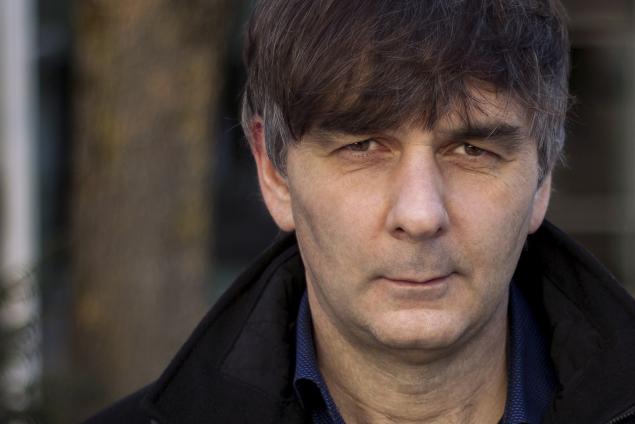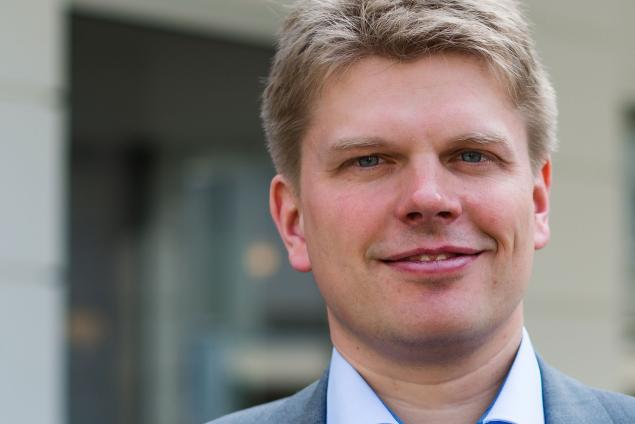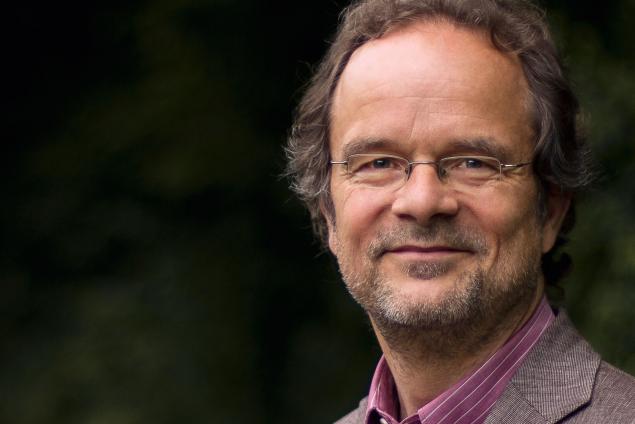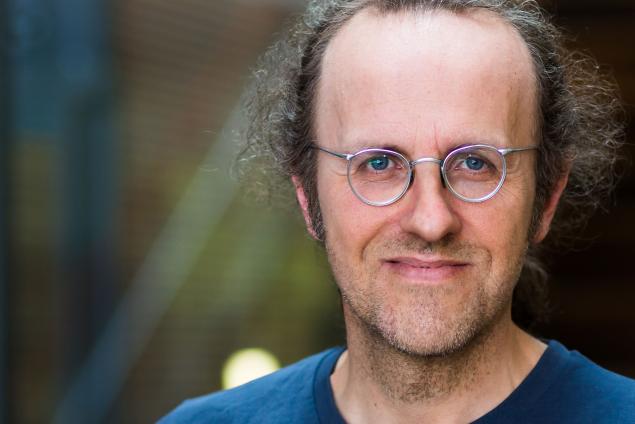For more than one hundred years, scientists have been working to uncover how turbulent flows occur. This would enable them among other things to predict how pollutants spread in water or how pollen travel in air. As EBERHARD BODENSCHATZ explains in this video, new insights are offered by an approach based on Lagrangian Particle Tracking Technique: The researchers focused on a single particle in a fluid and followed it through the flow, using tracers both numerically and experimentally. By tracking more than three thousand particles at a given time, the researchers derived statistics of the particle motion in the flow. In this way, they are able to predict turbulences in the flow and prove that these turbulences are irreversible. This irreversibility, in turn, shows that vortex stretching is really at the basis of a turbulent flow.
DOI:
https://doi.org/10.21036/LTPUB10273
Researcher
Eberhard Bodenschatz is Chair of the Chemistry, Physics and Technology Section and Member of the Senate of the Max Planck Society as well as Director of the Max Planck Institute for Dynamics and Self-Organization in Göttingen, Germany. Bodenschatz is also an Adjunct Professor at Cornell University (USA) where he has held several faculty positions in experimental physics since 1992. His research interests include self-organizing complex systems and electrophysiological turbulence.
Bodenschatz is a recipient of the Stanley Corrsin Award of the American Physical Society and the Alfred P. Sloan foundation fellowship among others. In 2016, he became also a Member of the Board of the German Physical Society.
Institution
No matter how well we understand how a single droplet of water is formed in the laboratory, we cannot predict how countless droplets form clouds that substantially affect the Earth’s climate. And although we can accurately characterize a single neuron’s impulse, we do not yet understand how billions of them form a single thought. In such systems, animate or inanimate, processes of self-organization are at work: Many interacting parts organize themselves independently, without external control, into a complex whole.
At our institute we explore the mechanisms underlying these processes in order to gain a detailed understanding of complex systems. Also the major challenges of the 21st century, from climate change and economic crises to problems in energy supply and transport, are closely linked to these scientific questions. Without a deep understanding of dynamics and self-organization in complex and highly networked systems we cannot face these challenges. With our basic research not only do we want to deepen our understanding of nature, but also want to contribute to a sustainable existence on this planet.
Original publication
Lagrangian View of Time Irreversibility of Fluid Turbulence
Xu Haitao, Pumir Alain and Bodenschatz Eberhard
Science China Physics, Mechanics & Astronomy
Published in 2016




